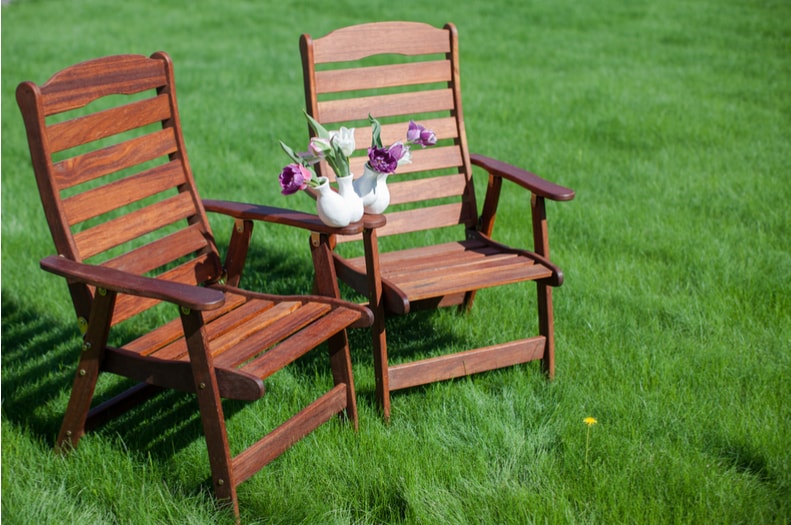You cannot control the weather; however, as a contractor, when you understand the effects of weather on paint, it can help you to make better decisions and also be a more competent resource to your clients. Here are the different enemies of paint:

Temperature Fluctuations
The most demanding exterior house paint test is temperature fluctuations that are experienced in freezing climates. That’s because of the potentially damaging results of freeze-thaw cycle, whereby the temperature during the night can even drop below freezing, and then during the day, it rises above 32 degrees. The freeze-thaw process puts an unusual stress on a coating because the substrate tends to contract and expand together with the changes in temperature. If the paint on the surface is not flexible, the stress can make it crack and flake off. Studies suggest that top quality paints, which are made with 100% acrylic binders, are tougher and more flexible compared to ordinary paint, allowing the paints to expand and contract whenever there are temperature fluctuations.
Ultraviolet Sun Rays
Painting contractors in regions that are hot don’t have to worry about the freeze-thaw cycling effect, but they still have another enemy to fight: UV sun rays. The disadvantage of regions that experience sunny weather is that the ultraviolet rays emitted by the sun tend to deteriorate the binder of a paint. As the binder starts to break down, a pigment is released, usually in a chalk-like or powder form. Heavy UV exposure may lead to accelerated fading with most of the paints as well as erosion of the protective properties found in the paint. Since most homeowners are concerned about colour fade, it is better to select a paint that has superior protection against the UV degradation that’ll leave you with customers who are satisfied.
Moisture
Moistures appears in many forms, attacking the paint’s exterior in most areas in the country. Exposure to high humidity, frost, snow and rain can end up taking their toll on the paint job. Usually, moisture in any form causes paint to soften plus swell, which result in flaking, peeling, cracking or blistering. Moreover, moist conditions encourage unsightly mildew growth. Moisture in any form can cause paint to soften and swell, leading to blistering, cracking, peeling, or flaking. A top quality paint has a superior binder, which makes it adhere to substrates better compared to ordinary paint, and it reduces the likelihood of moisture-related blistering. These paints also contain more mildewcide (a chemical for destroying mildew) than paints of lower quality. This helps to prevent discolouration.
If you are looking for paint stripping services within the South West of England, contact Premium Door Stripping. We offer a professional and high-quality paint stripping services on a variety of cast iron and wooden items including fireplaces, shutters, furniture and doors, which allows you to restore your lovely house to its former glory. We have excellent customer service and offer competitive rates plus fast service.



